News Beat
News Beat reporting is an idrw.org initiative to let our Readers to report News Based on Actual facts but some how has not been reported in Main Stream Media .
SOURCE: RAUNAK KUNDE / NEWS BEAT / IDRW.ORG

The Indian Navy’s plan to develop a 26-ton carrier-borne fighter jet, the Twin Engine Deck Based Fighter (TEDBF), seems to be hitting turbulence from the Indian Air Force (IAF). The IAF has reportedly shown little interest in the Navy’s proposal for an Air Force variant named Omni-Role Combat Aircraft (ORCA).
According to a senior IAF official (who requested anonymity), developing the ORCA would be a redundant exercise. The IAF is already heavily invested in the Advanced Medium Combat Aircraft (AMCA), a domestically developed 5th-generation fighter jet in the same weight class (around 25 tons) as the ORCA.
Continue readingSOURCE: RAUNAK KUNDE / NEWS BEAT / IDRW.ORG
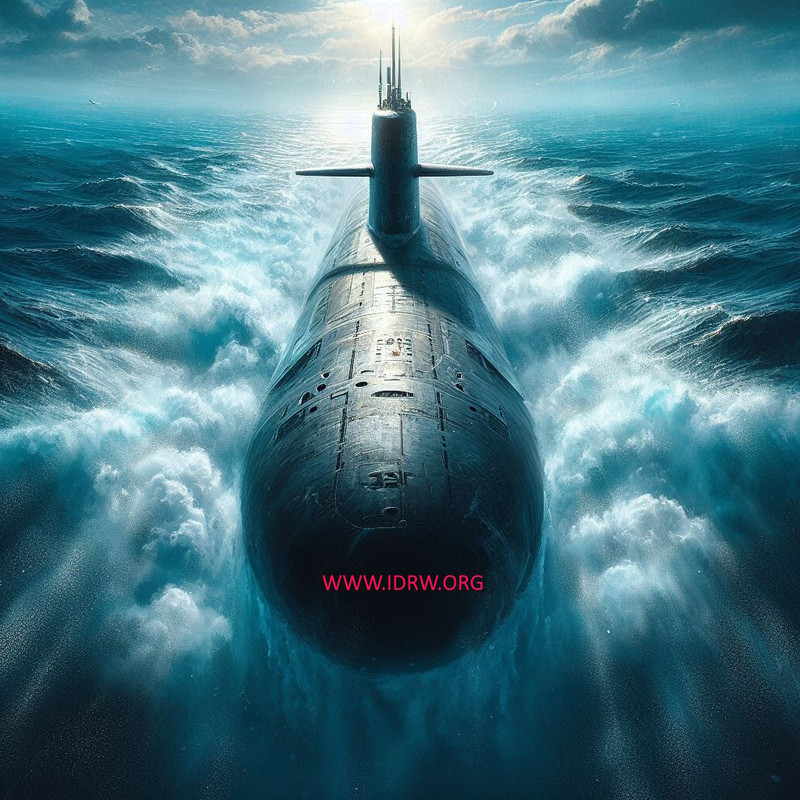
Chief of Defence Staff (CDS) General Anil Chauhan’s visit to France marks a significant milestone in the deepening of bilateral defence cooperation between India and France. During his visit, General Chauhan was given a scheduled tour of the French submarine base at Brest, with a possible extension to Toulouse, showcasing France’s advanced naval capabilities and technology.
The French submarine base at Brest holds strategic importance as the homeport of the ballistic missile nuclear-powered submarines (SSBNs) of the French Navy, known as the Marine Nationale. Notably, four Triomphant-class submarines stationed at L’Ile Longue comprise France’s Force Océanique Stratégique (FOST), which forms the backbone of France’s nuclear arsenal.
Continue readingSOURCE: RAUNAK KUNDE / NEWS BEAT / IDRW.ORG
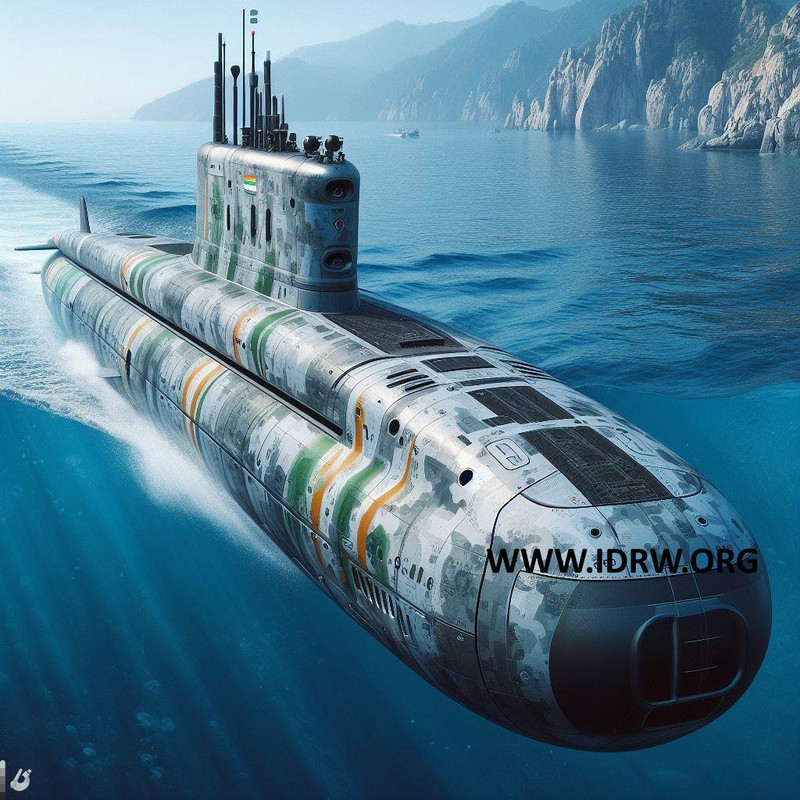
The Indian Navy has set its sights on a future of self-reliance, aiming for complete indigenous construction of its warships by 2040. This ambitious goal signifies a significant step towards India’s strategic autonomy in maritime defence.
Despite advancements in domestic shipbuilding, the Indian Navy still relies on imported components for its warships. Crucial elements like gas turbine engines, sourced primarily from Ukraine or the United States, and key sensors acquired from Israel or Germany, remain a part of the current infrastructure.
Continue readingSOURCE: RAUNAK KUNDE / NEWS BEAT / IDRW.ORG

According to leaked internal reports from the USAF, the true capabilities of China’s PL-15 Very Long Range Air-to-Air Missile (BVRAAM) might be overstated. While China claims a range of 200 kilometers, the USAF report suggests this may be significantly reduced due to launch restrictions.
The report indicates that achieving the advertised 200km range hinges on a critical launch condition: the fighter jet firing the missile must be travelling at Mach 1.2 at an altitude of 10km. However, real-world combat scenarios often involve different launch conditions.
Continue readingSOURCE: RAUNAK KUNDE / NEWS BEAT / IDRW.ORG

Steel Authority of India Limited’s (SAIL) Bhilai Steel Plant (BSP) is playing a critical role in India’s indigenous underwater defence capabilities. The plant is pioneering the development of next-generation steel specifically designed for the S5 class of nuclear-powered ballistic missile submarines (SSBNs).
SAIL-Bhilai’s expertise in high-grade steel is not new. The plant previously developed special steel plates for the prestigious Vikrant-class aircraft carrier program. Now, they’re leveraging this knowledge to create an optimized variant specifically for submarine construction.
Continue readingSOURCE: RAUNAK KUNDE / NEWS BEAT / IDRW.ORG

The Indian Navy is actively exploring innovative solutions to address the shortage of minesweeper boats in its fleet. One such solution is the deployment of Micro Autonomous Underwater Vehicles (Micro AUVs) for minesweeping operations.
Developed by Bharat Electronics Limited (BEL), these Micro AUVs are designed for efficiency and manoeuvrability. With a length of only 2.5 meters, they can navigate areas inaccessible to larger vessels. Their endurance of 7-9 hours allows them to conduct extensive mine clearance missions.
Continue readingSOURCE: RAUNAK KUNDE / NEWS BEAT / IDRW.ORG
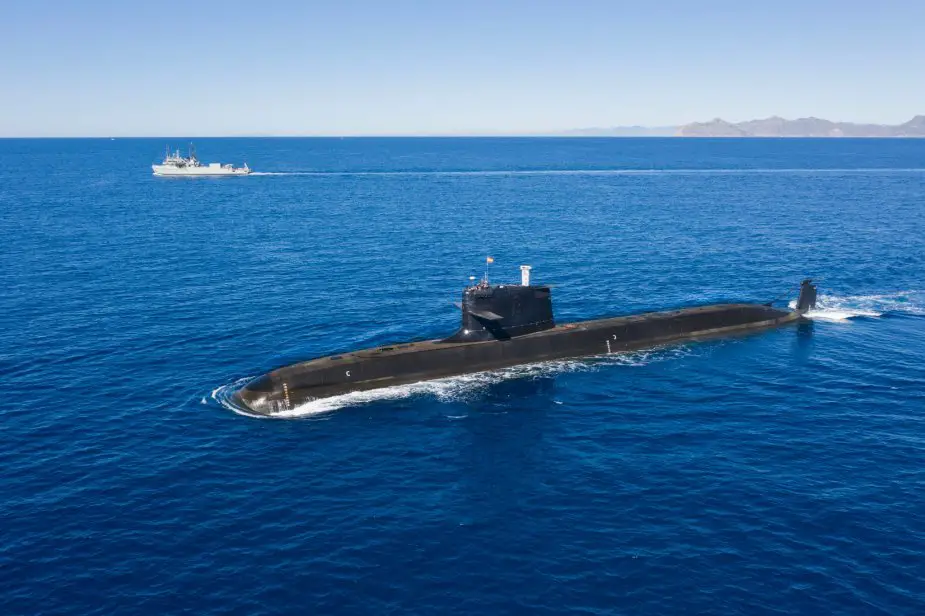
Larsen & Toubro (L&T) Defence, led by Executive Vice President and Head Arun Ramchandani, has confirmed a key aspect of its joint bid with Navantia for the Indian Navy’s Project 75I tender. The bid proposes the S-80 Plus class submarines, with a significant focus on maximizing local Indian content.
If their bid is chosen, L&T-Navantia promises that nearly 60% of the components used in the S-80 Plus submarines constructed for India will be sourced locally. This signifies a substantial commitment to India’s “Make in India” initiative, promoting domestic manufacturing and technological expertise.
Continue readingSOURCE: RAUNAK KUNDE / NEWS BEAT / IDRW.ORG

Dassault Aviation, the French manufacturer of the Rafale fighter jet, is making a strategic move to secure a larger role in India’s aerospace industry. The company has reportedly conveyed to Indian Air Force (IAF) and Ministry of Defence (MoD) officials that it can begin Rafale production in India, but with one key condition: acquiring a 100% stake in Dassault Reliance Aerospace Ltd (DRAL).
Dassault’s proposal is enticing. The company claims its Indian facility, upon receiving full ownership, could achieve a production rate of two Rafale jets per month. This translates to potentially delivering the entire 114 jets envisioned under the IAF’s upcoming Multi-Role Fighter Aircraft (MRFA) tender within five years.
Continue readingSOURCE: RAUNAK KUNDE / NEWS BEAT / IDRW.ORG

NewSpace Research and Technologies (NRT), a Bengaluru-based company, has sent ripples through the defence industry by hinting at two significant additions to its swarming platform portfolio. While details remain scarce, NRT’s unveiling of Unmanned Ground Vehicle (UGV) and Unmanned Surface Vehicle (USV) integrations with their MOSAIC intelligence suite suggests a bold step towards more comprehensive unmanned warfare solutions.
NRT’s MOSAIC suite has garnered considerable attention for its ability to orchestrate swarming tactics in unmanned aerial vehicles (UAVs). This technology empowers UAVs to collaborate in decentralized fused teaming missions, making them highly adaptable and effective.
Continue readingSOURCE: RAUNAK KUNDE / NEWS BEAT / IDRW.ORG
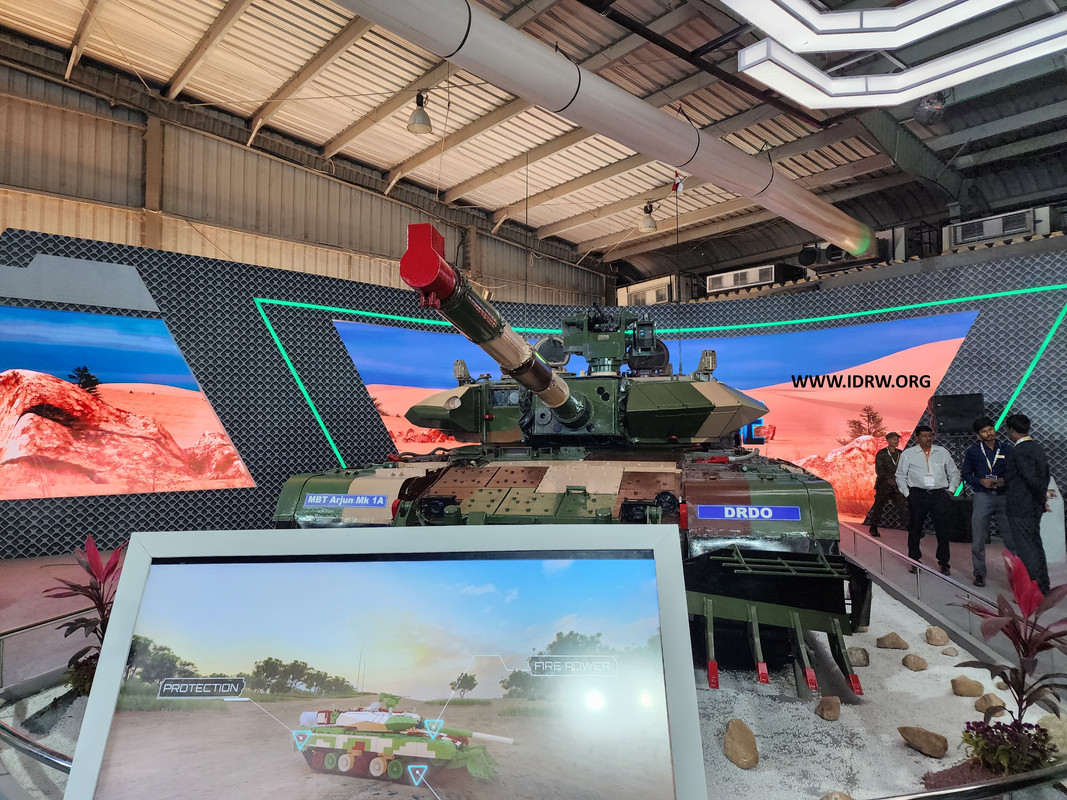
India’s Defence Research and Development Organisation (DRDO) is seeking the Indian Army’s approval to develop an unmanned ground combat vehicle (UGV) based on the country’s Arjun Mk 1A main battle tank.
The proposal, put forward in 2022 by DRDO’s Combat Vehicles Research and Development Establishment (CVRDE), envisions a UGV leveraging the Arjun Mk 1A’s robust design and capabilities. This new unmanned platform would be specifically tailored for India’s harsh desert terrain along the western border, where the Arjun Mk 1A is currently deployed.
Continue readingSOURCE: RAUNAK KUNDE / NEWS BEAT / IDRW.ORG
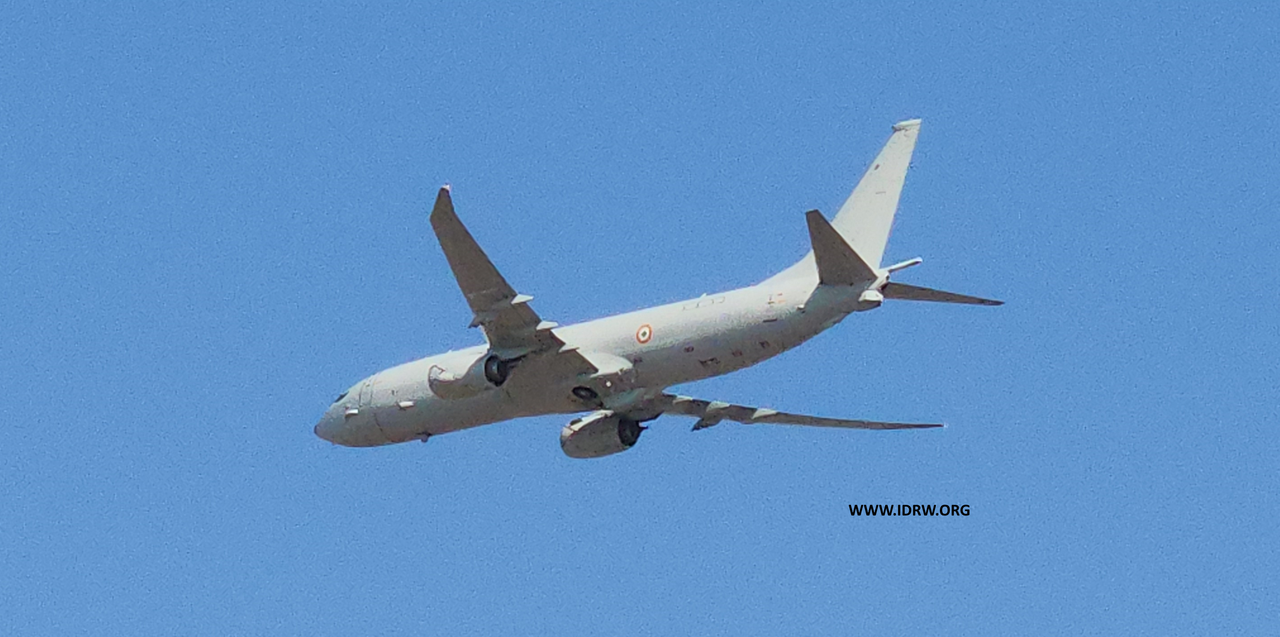
The Indian Navy is evaluating a potential upgrade package for its fleet of 12 Boeing P-8I maritime patrol aircraft. This upgrade, designated Increment 3 Block 2, promises significant improvements in the P-8I’s ability to detect, track, and engage even the most advanced submarines.
Boeing, the manufacturer of the P-8I, has reached out to several P-8 operators worldwide, including the Indian Navy, to promote this upgrade package. The focus lies on bolstering the aircraft’s capabilities for Anti-Submarine Warfare (ASW).
Continue readingSOURCE: RAUNAK KUNDE / NEWS BEAT / IDRW.ORG
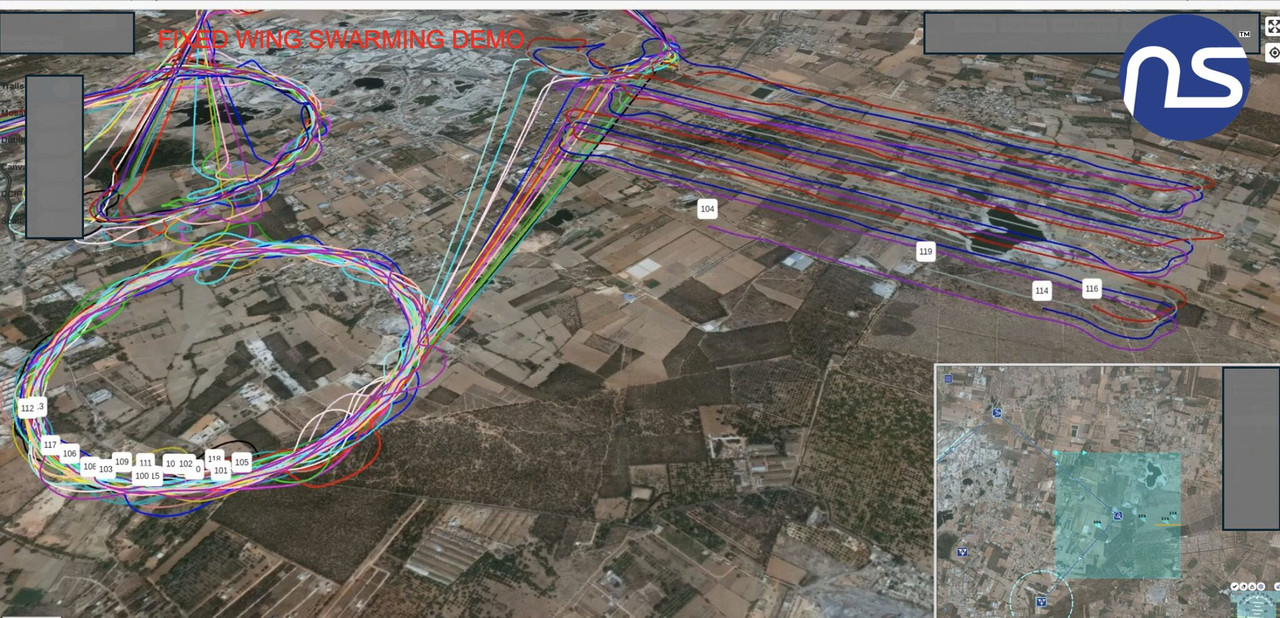
NewSpace Research and Technologies (NRT) has achieved a significant breakthrough in the field of unmanned aerial vehicles (UAVs) with the successful initial testing of its fixed-wing swarming UAV stack. This cutting-edge technology has the potential to revolutionize aerial combat operations.
The core of NRT’s achievement lies in its MOSAIC intelligence suite. This suite empowers UAVs to conduct decentralized fused teaming missions. During the initial tests, various modules of the MOSAIC system were evaluated for their ability to create combat mass and achieve air-launched effects.
Continue readingSOURCE: RAUNAK KUNDE / NEWS BEAT / IDRW.ORG
India’s Gas Turbine Research Establishment (GTRE) is setting its sights on ambitious plans to co-develop a new engine for the 5th generation Advanced Medium Combat Aircraft (AMCA) program. This next-generation engine is poised to be a game-changer, boasting the highest DRY thrust (75kN) among contemporary aircraft in its weight class (around 25 tons).
AMCA is required to have a Supercruise Capability and the High thrust engine’s power will enable the AMCA to achieve supercruise, exceeding the speed of sound without engaging the afterburner. This translates to greater fuel efficiency and combat range during high-speed missions.
Continue readingSOURCE: RAUNAK KUNDE / NEWS BEAT / IDRW.ORG
India’s Defence Research and Development Organisation (DRDO) is taking a significant step towards enhancing the safety and autonomy of its unmanned aerial vehicles (UAVs). Through its Aeronautical Development Establishment (ADE), DRDO has issued an “Expression of Interest” (EOI) inviting collaboration from reputed Indian industry partners.
The core objective of this project is to design and develop a “Sense and Avoid System” specifically for medium and high altitude long endurance UAVs. This system will be crucial for ensuring safe airspace integration by enabling these UAVs to detect and avoid potential collisions with other airborne objects.
Continue readingSOURCE: RAUNAK KUNDE / NEWS BEAT / IDRW.ORG
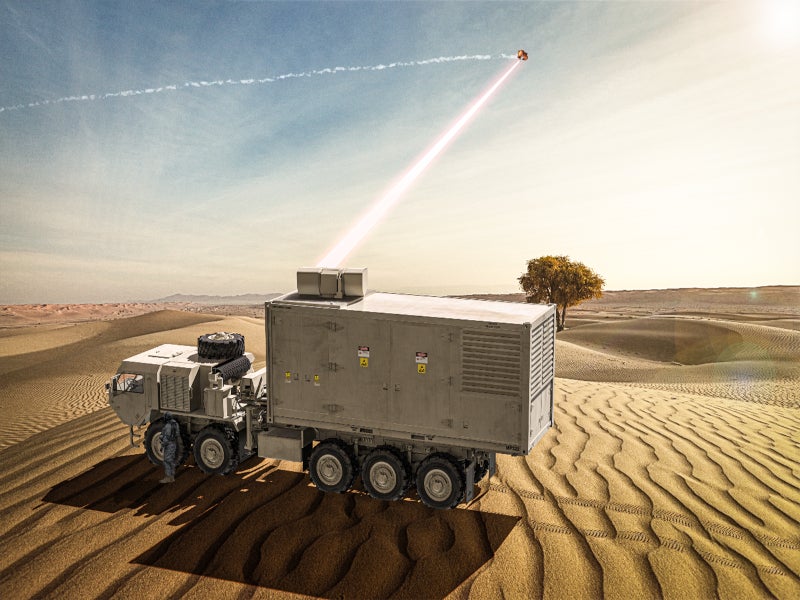
The Defence Research and Development Organisation (DRDO) is taking a significant step towards developing high-energy laser weapons. Through its Centre for High Energy Systems and Sciences (CHESS), DRDO has issued an Expression of Interest (EOI) inviting Indian vendors to participate in the design and development of a Large Aperture Beam Control System (LBCS) for a High Power Laser (HPL).
Located in Hyderabad, CHESS is a DRDO laboratory dedicated to research and development in the domain of high-energy systems and futuristic weaponry. This EOI signifies India’s commitment to developing Directed Energy Weapons (DEWs) as a part of its ongoing defence modernization efforts.
Continue reading